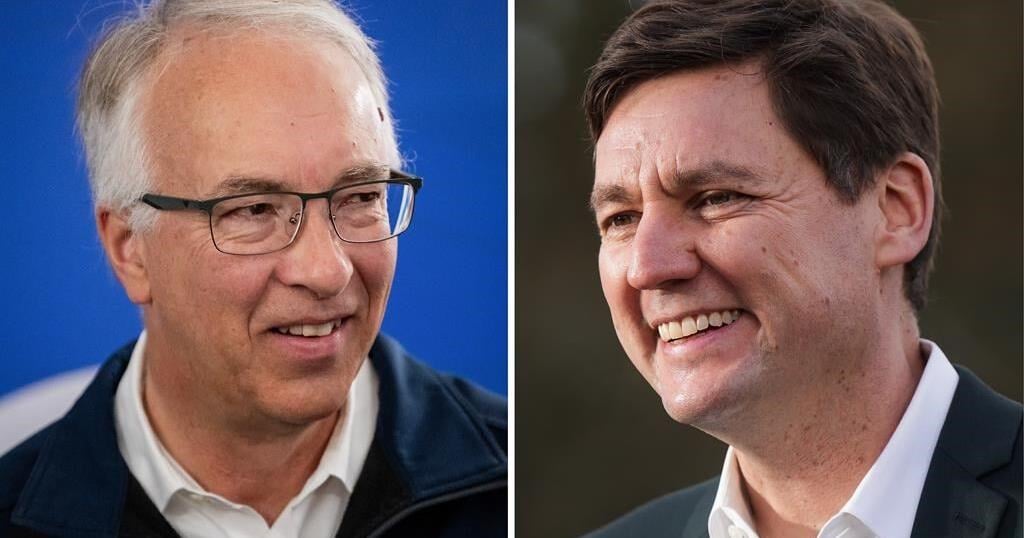VICTORIA – The result of British Columbia’s election will come down to the wire on Monday when absentee ballots are counted after a tally of mail-in votes failed to resolve a handful of undecided races.
The provincewide count of late mail-ins is continuing, but the tally of those votes has been completed in the closest races without any shift in the party standings.
Prospects for an NDP government increased on Saturday after the party widened leads in some close races thanks to mail-in ballots and cut back B.C. Conservative margins in others.
The closest undecided riding in the province is Surrey-Guildford, where the NDP has cut the Conservative lead to 12 votes.
With an estimated 226 absentee and special votes still to be counted, Surrey-Guildford could provide David Eby’s NDP with the narrowest of majorities if the lead there flips on Monday.
Elections BC says the tally of more than 22,000 absentee and special votes will be updated hourly on its website from 9 a.m. Monday.
The NDP is elected or leading in 46 seats and John Rustad’s Conservatives in 45, both short of a 47-seat majority, while the Greens could hold the balance of power with two seats.
Recounts are also underway in two ridings where the New Democrats held slim leads after the initial count in the still-undecided Oct. 19 vote.
Elections BC says the results of recounts in Juan de Fuca-Malahat on Vancouver Island and Surrey City Centre that began at 1 p.m. Sunday will be posted online when they are complete.
The Surrey result was expected Sunday, with the Juan de Fuca-Malahat result slated for Monday.
The recounts were triggered because margins of victory after the initial tally were below 100 votes. Counting of mail-in ballots on Saturday widened the NDP lead in Juan de Fuca-Malahat to 106 votes, while the party now leads by 178 in Surrey City Centre.
The provincewide count of mail-in votes was scheduled to finish Sunday.
Meanwhile, Chief Clarence Louie, Tribal Chair of the Syilx Okanagan Nation, issued a statement on Sunday calling for the B.C. Conservative candidate in Juan de Fuca-Malahat to be removed from the party over comments about Indigenous people.
On Friday, the Vancouver Sun published a recording in which a person it identifies as Marina Sapozhnikov calls First Nations people “savages.” The newspaper says the comments came during an election-night conversation with a journalism student.
Louie called the reported comments “abhorrent and racist.”
“These ignorant and hateful comments, which constitute a form of hate speech, have no place in our society. We call on B.C. Conservative Leader, John Rustad, to immediately take a clear and strong stand against hate and racism by removing her from his political party,” Louie said.
Rustad has issued a statement saying he was “appalled and deeply saddened” by the comments and the party is “taking this matter seriously.”
While the makeup of the 93-riding legislature could finally become clear on Monday, judicial recounts could still take place after that if the margin in a riding is less than 1/500th of all votes cast.
In another close race that will come down to absentee ballots, the Conservatives hold a 72-vote lead in Kelowna Centre, where there are an estimated 228 votes left to count.
This report by The Canadian Press was first published Oct. 27, 2024.
